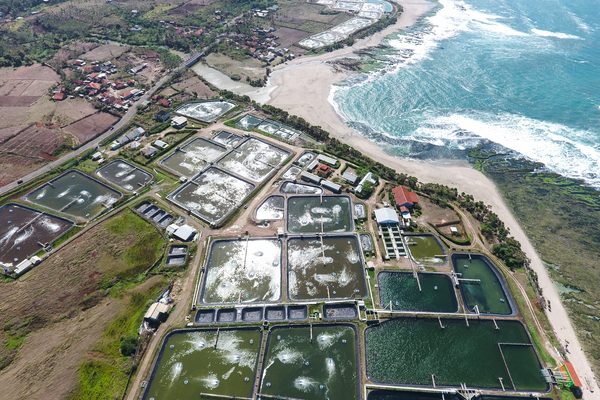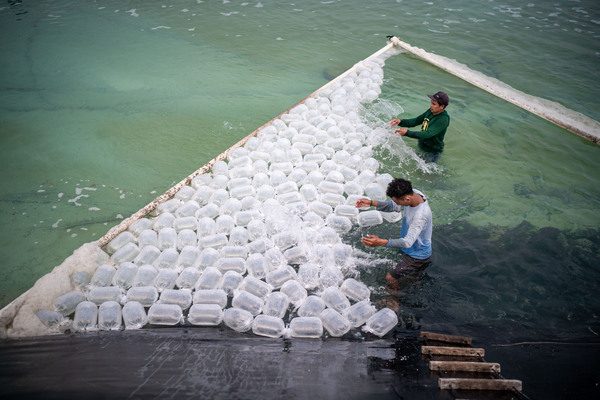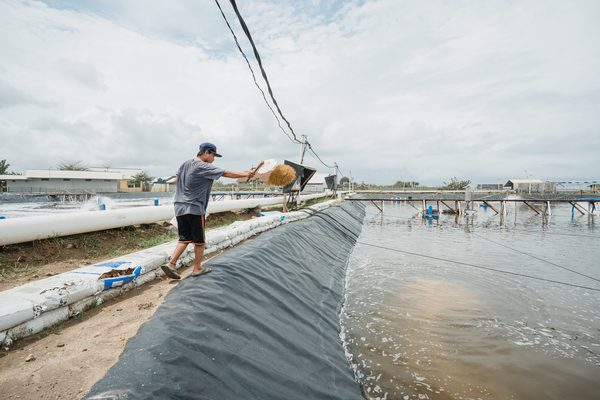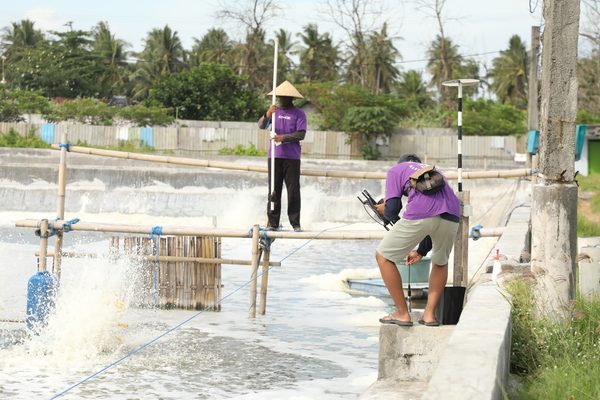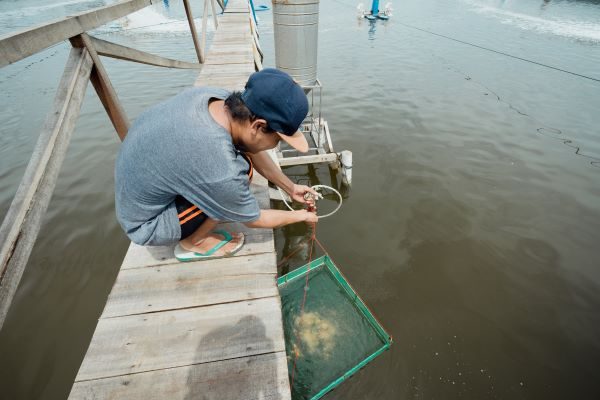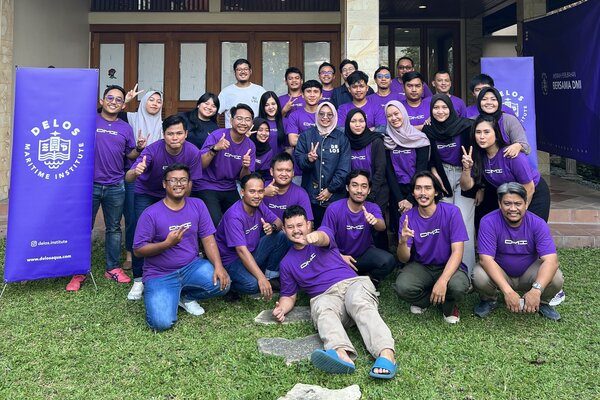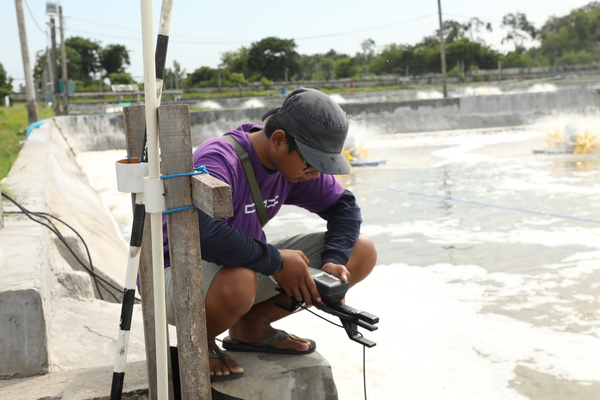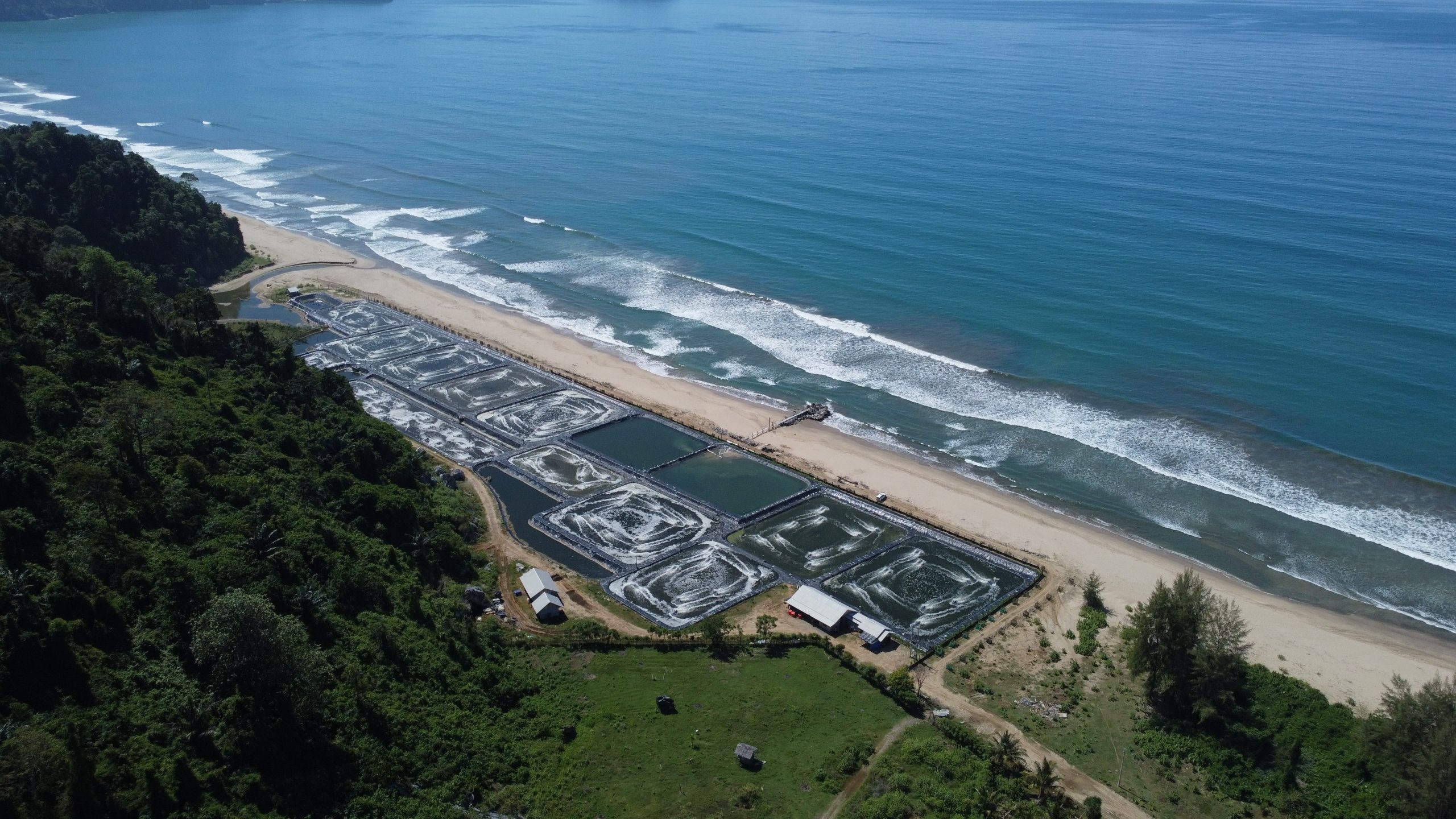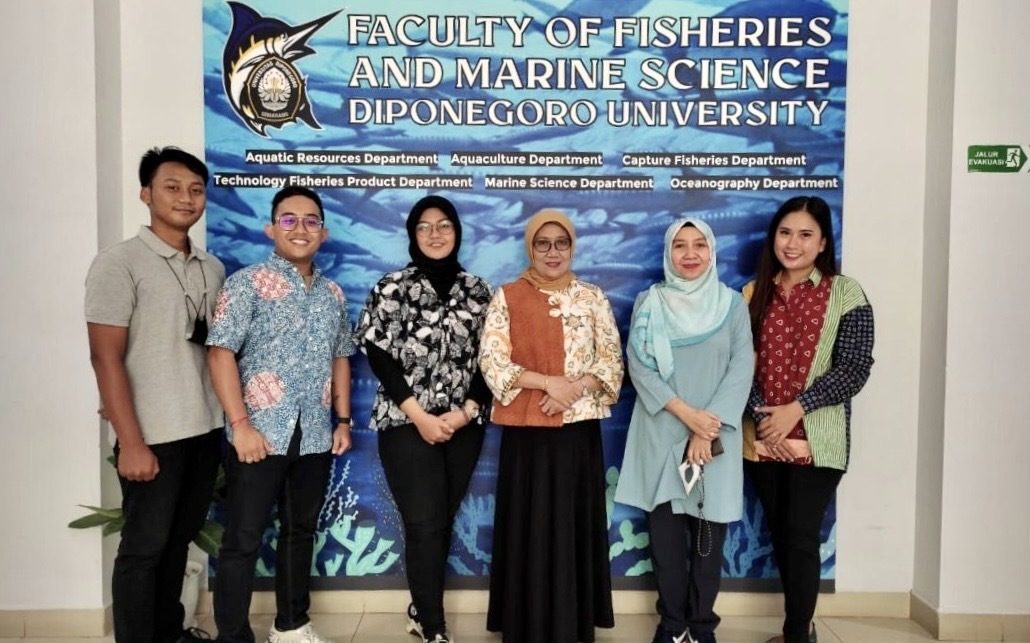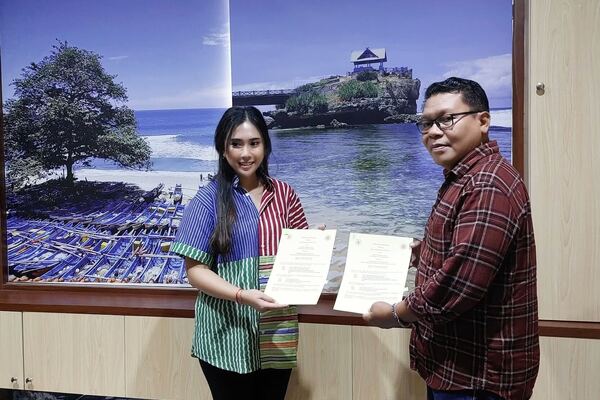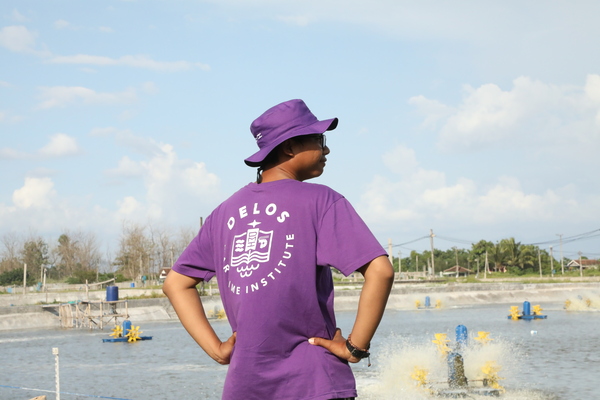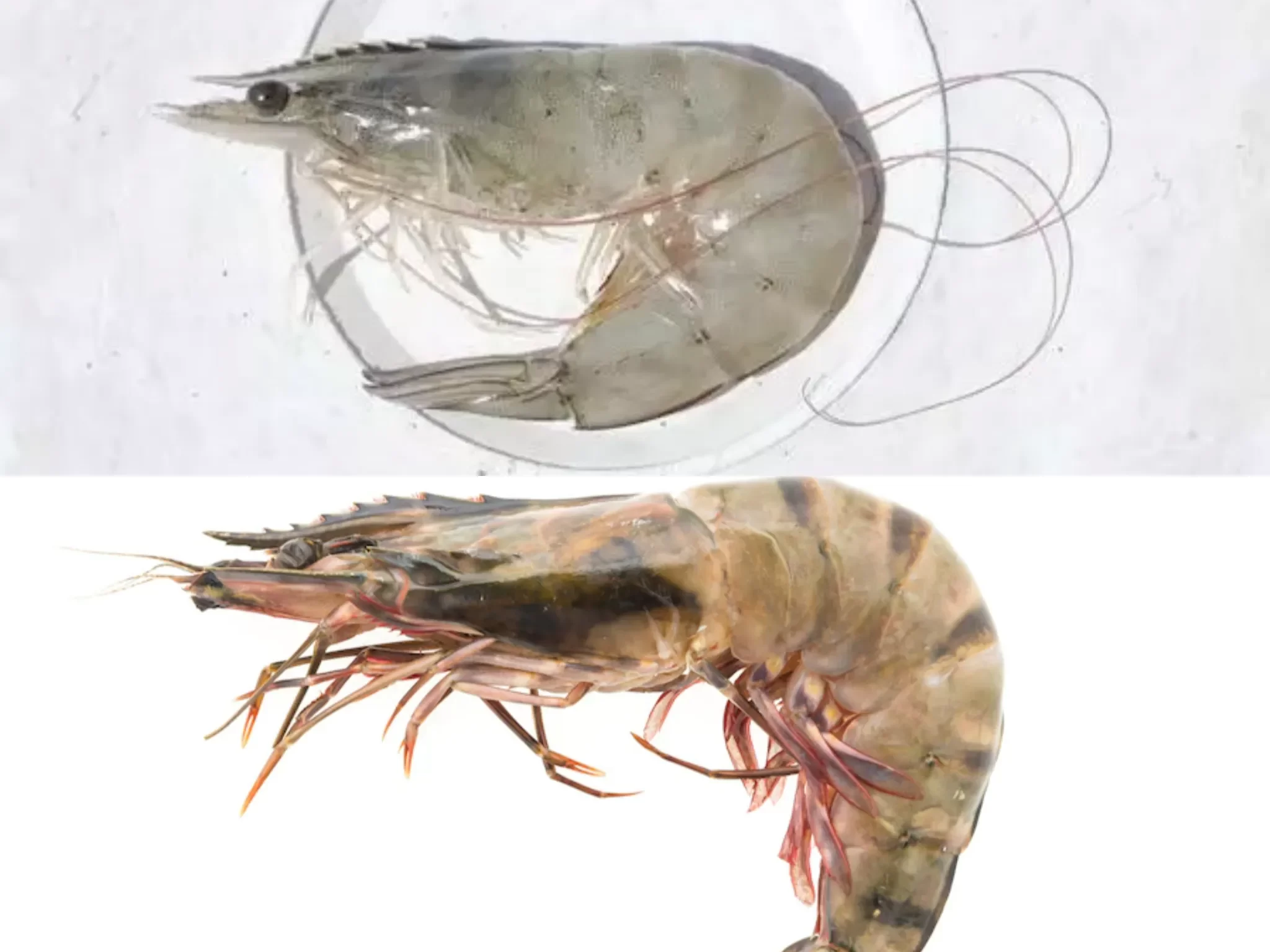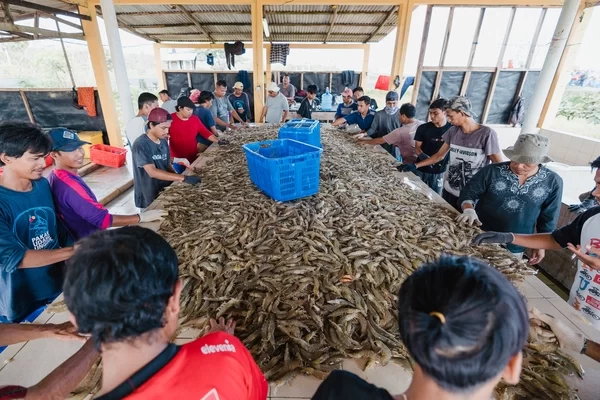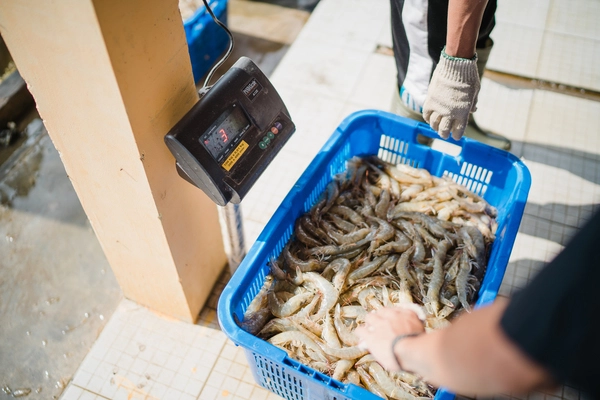The Importance of Sea Level Altitude for Aquaculture
Shrimp cultivation is one of the industries that is growing rapidly in various countries in the world. One factor that determines this cultivation’s success is the sea level altitude.
However, the impact of recent climate change is rising sea levels. This change in sea level is visible and occasionally continues, extending to the vulnerable lowlands near the coast.
The consequences of rising sea levels are quite diverse, from the risk of major floods that can damage coastal areas to the impact on the fishing and aquaculture industries.
Directly, sea level altitude affects shrimp farming in several aspects, including water quality, salinity, and temperature. Here are some reasons why sea level is important for shrimp farming:
Also Read: What is Aquaculture and Why is It Important?
The Importance of Sea Level Altitude for Aquaculture
1. Water Quality
Water quality is one of the most important factors affecting the growth and survival of shrimp. The water quality of shrimp ponds is directly affected by sea level altitude.
Vannamei shrimp ponds usually use irrigation sources from the sea or estuaries. A higher sea level means more seawater enters the pond, indirectly obtaining water quality with high levels of dissolved oxygen and low pollution.
On the other hand, lower sea levels can cause stagnant water in ponds, which can lead to a buildup of harmful bacteria and algae, degrade water quality and cause disease outbreaks among shrimp. This can cause significant losses for shrimp farmers.
2. Salinity
Salinity is another factor that affects the growth and survival of shrimp. The optimal salinity level in vannamei shrimp ponds ranges from 15 to 25 parts per thousand (ppt).
Higher sea levels mean more seawater will enter the pond, increasing the water’s salinity level. Salinity that is too high can cause shrimp to become stressed, resulting in less than-optimal growth.
Conversely, lower sea levels can result in lower pond salinity levels, affecting shrimp growth and survival rates.
Therefore, farmers need to maintain the pond water salinity level always to be optimal.
3. Temperature
The temperature of the pond water is also affected by the sea level. Shrimp need an optimal temperature range of 28 to 32 degrees Celsius to thrive. Temperature fluctuations can also be affected by sea levels.
Higher sea levels can result in cooler water temperatures, which can slow down the growth rate of the shrimp. On the other hand, lower sea levels can cause higher water temperatures and can stress shrimp.
4. Disease Control
The sea level also plays an important role in controlling disease in vannamei shrimp farming. Higher sea level means more seawater entering the pond, which reduces the buildup of disease-causing bacteria and viruses.
Also Read: The Importance of Wastewater Treatment Plant (WWTP) for Shrimp Ponds
Shrimp Farm Equipment for Water Installation
When vannamei shrimp ponds are built higher than sea level, these ponds will require pumps and supporting installations to drain the water. This is necessary to ensure the quality of pond water when cultivation is properly maintained and optimal.
Intensive to super-intensive scale shrimp ponds rely heavily on seawater as the main water source. Therefore it takes the role of pumps and other supporting installations such as pipes which play a crucial role.
At least the pipes and pumps used are made of materials resistant to corrosive seawater. The pipes must also be strong and resistant to coastal climate and weather conditions.
Also Read: Cultivating Vannamei Shrimp with Biofloc System
Record and Monitor Pond Water Quality with AquaHero!
Sea level altitude is an important factor affecting the growth and survival of shrimp during cultivation. Shrimp need optimal-quality water to develop properly.
Therefore, you need to ensure that pond water quality is always optimal at all times. You can easily record and monitor pond water quality with the AquaHero app!
AquaHero is an application developed by DELOS to make it easier for you to monitor pond conditions every day. From water quality, shrimp growth, and action recommendations to BAP estimates during cultivation.
Immediately contact the DELOS Team via contact@delosaqua.com to try AquaHero’s features and make your vannamei shrimp farming easier and more traceable. Choose AquaHero to record and monitor your pond water quality!



